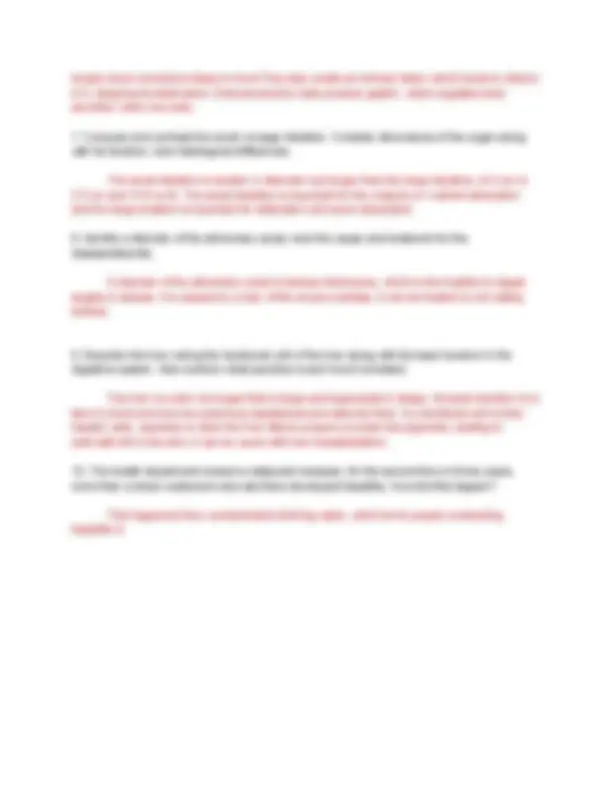



Study with the several resources on Docsity

Earn points by helping other students or get them with a premium plan


Prepare for your exams
Study with the several resources on Docsity

Earn points to download
Earn points by helping other students or get them with a premium plan
Community
Ask the community for help and clear up your study doubts
Discover the best universities in your country according to Docsity users
Free resources
Download our free guides on studying techniques, anxiety management strategies, and thesis advice from Docsity tutors
Its all about the blood and stuff.
Typology: Assignments
1 / 2

This page cannot be seen from the preview
Don't miss anything!


HSS 206 directed reading digestion
The alimentary canal is in control of food getting digested, it processes the food, extracts nutrients, then removes the leftovers. It consists of the mouth, the pharynx, the esophagus, the stomach, the small intestine and the large intestine. The accessory organs are in charge of the endocrine process related to digestion, detoxifying the blood, and creating bile. The organs included are the liver, pancreas, gallbladder.
The four layers of the alimentary canal are the Mucosa, Submocas, Muscularis, and Serosa. The serosa secretes a serous fluid that keeps the outside of digestive organs to keep them slippery so they slide around each other. The Muscularis are key in moving food down the digestive tract. The Submucosa joins the mucus and muscularis layers, to each other, as well as hold lumpy nodules to fight infection in the digestive tract. The Mucosa secretes digestive enzymes and goblet cells for digestion.
The different papillae on the tongue are filiform, fungiform, foliate, and circumvallate. They differentiate the flavors of sweet, salty, sour, bitter and umami flavors.
Primary teeth come in from years 0-2m where permanent teeth replace them after. There are 20 primary teeth and 32 permanent teeth. Baby teeth are more square and less diverse than adult teeth.
Gum disease is an infection of the gums which leads to bone loss, and loose teeth. Tooth decay is the corrosion of teeth due to plaque and bacteria, this leads to a toothache and continues to destroy the tooth.
The stomach contains chief cells, parietal cells, enteroendocrine cells, and mucous cells. They create gastric juice. Chief cells secretes pepsinogen which becomes a protein digesting enzyme pepsin. Parietal cells secrete hydrochloric acid, which kills most bacteria in food, and
breaks down connective tissue in food.They also create an intrinsic factor which binds to vitamin b12, stopping its destruction. Enteroendocrine cells produce gastrin, which regulates acid secretion when one eats.
The small intestine is smaller in diameter but longer than the large intestine, (6.5 cm to 2.5 cm and 18 ft vs ft). The small intestine is important for the majority of nutrient absorption and the large einstein is important for defecation and some absorption.
A disorder of the alimentary canal is lactose intolerance, which is the inability to digest sugars in lactose. It is caused by a lack of the enzyme lactase, it can be treated by not eating lactose.
The liver is a dark red organ that is large and trapezoidal in shape. Its basic function is to take in blood and remove poisonous substances and detoxify them. It;s functional unit is then hepatic cells. Jaundice is when the liver fails to properly excrete bile pigments, leading to yellowish tint in the skin, it can be cured with liver transplantation.
This happened from contaminated drinking water, which led to people contracting hepatitis A.